In an 18-page document released on March 26, the European Commission (EC) warned that the region was facing a new and risky reality and suggested that people should stock up on essentials to ensure they could survive for at least 72 hours in the event of a crisis.
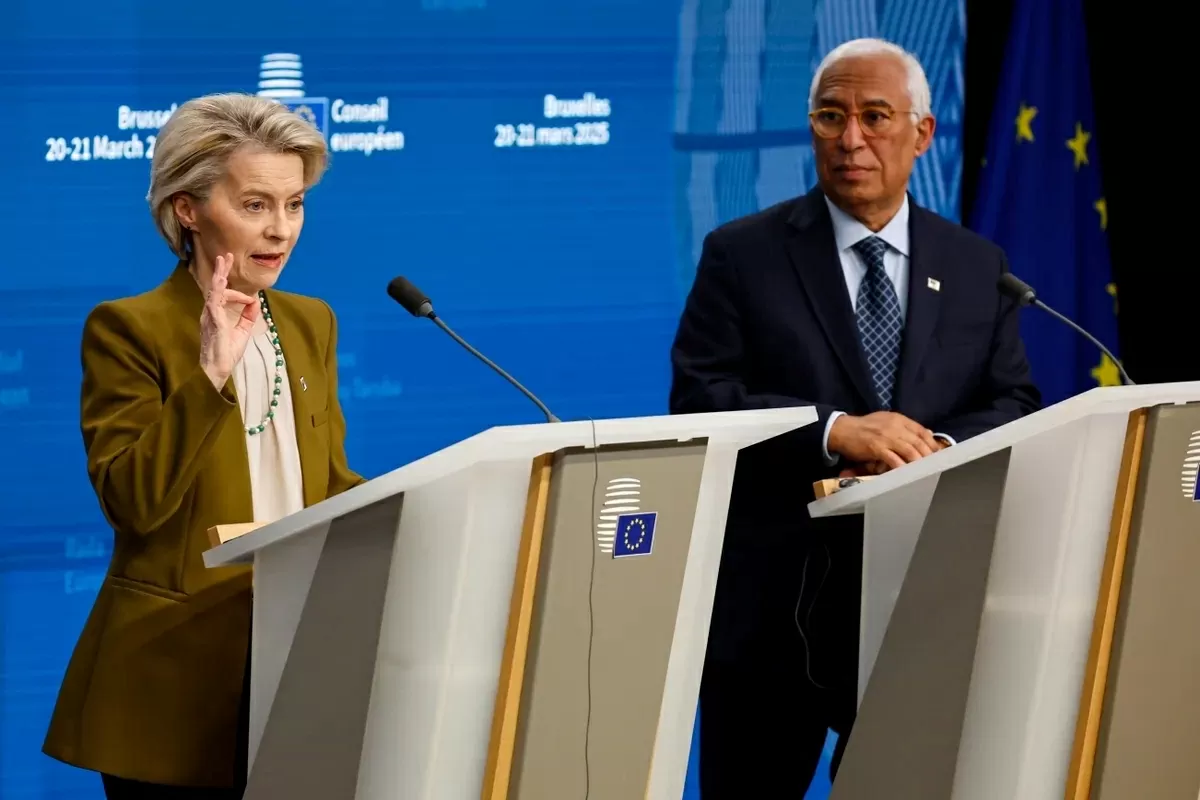 |
| European Commission President Ursula von der Leyen and European Council President Antonio Costa speak at a press conference at the end of the EU Summit in Brussels, Belgium, March 20. (Source: AP) |
The EC’s recommendation is both a warning about the seriousness of the security situation in Europe and raises questions about the calculations behind recent decisions by the bloc, especially in the context of signs of de-escalation and progress in peace negotiations to end the conflict in Ukraine. Is Europe acting more on emotion and prejudice than on new realities and its long-term interests?
The hidden meaning behind the new EU recommendation
It can be said that what the EC has proposed is not entirely new because in June 2024, Germany also issued a "Framework Directive on Comprehensive Defense", including instructions on what to do in case of a conflict in Europe. However, the implication is very new and contains many calculations of a broad geopolitical nature.
If we compare the German recommendations at that time and the recent EU recommendations, we can see that they both provide advice to citizens in case of an emergency disaster, but the context in which the recommendations were made is very different. At the time of the German recommendations, the conflict in Ukraine was raging, the fighting in the Donetsk and Luhansk regions reached its peak intensity, causing many to talk about the risk of escalation into a direct confrontation between Russia and NATO and the possibility of World War III with the use of nuclear weapons.
Therefore, recommendations like those made by the German government to its people at that time were understandable. On the contrary, the new recommendation from the EU took place in the context of the US changing its policy, actively promoting a solution to end the war, the two sides Russia and Ukraine reached an agreement to stop attacking each other's energy facilities for 30 days and reduce confrontation in the Black Sea. In this new context, the EU's making such a recommendation may contain broader geopolitical implications and calculations.
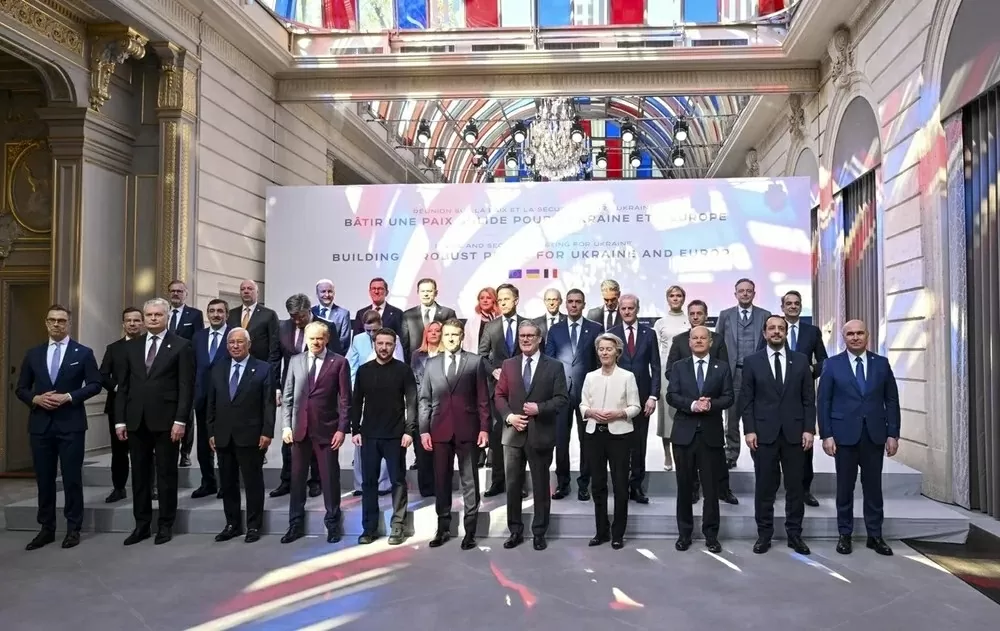 |
| At the Ukraine Summit in Paris (France) on March 27, European allies said that now is not the time to lift sanctions against Russia. (Source: AFP) |
In February 2025, EU Foreign Affairs Commissioner Josep Borrell stated: “The EU cannot allow Russia to achieve its strategic objectives in Ukraine because that would set a dangerous precedent for European security.” That statement shows that the EU is still shaping its policy based on its perception of the threat from Russia rather than on a realistic assessment of the situation. According to an analysis by the Carnegie Endowment for International Peace, Russia’s strategy in Ukraine has changed since December 2024, with Moscow scaling back its initial objectives and becoming more willing to negotiate based on the realities on the ground.
Hungarian Prime Minister Viktor Orban, an EU and NATO member, himself expressed concern about the EU's recommendations on March 28, asserting that: "Currently, Europe is not threatened by the risk of war from outside and the conflict in Ukraine will not spread to Hungary, Poland or the Baltic states, because no country wants a conflict with a NATO country." In addition, Austria, Slovakia and Slovenia also expressed concern that the EU's new recommendations could increase tensions and cause unnecessary panic among the people.
Mr. Viktor Orban also said that “the above recommendation may be aimed at the EU’s deeper involvement in the conflict in Ukraine”. The above opinion is not without basis because after the Donald Trump administration changed its policy towards the conflict in Ukraine, cutting military aid and intelligence information to Kiev to promote the peace process, the EU not only did not respond but also quickly affirmed to continue sanctions against Russia, steadfastly support Ukraine and increase the supply of weapons to this country.
High risk actions
First of all, although not explicitly stated, the European Rearmament Plan announced in February 2025 with a projected budget of 800 billion Euros is aimed at Russia, although Moscow has repeatedly stated that it has no intention of threatening Europe. In fact, during a meeting with European diplomatic representatives in Moscow in November 2024, Russian President Vladimir Putin emphasized: “Russia is large enough and rich in resources, we have no territorial ambitions in Europe.”
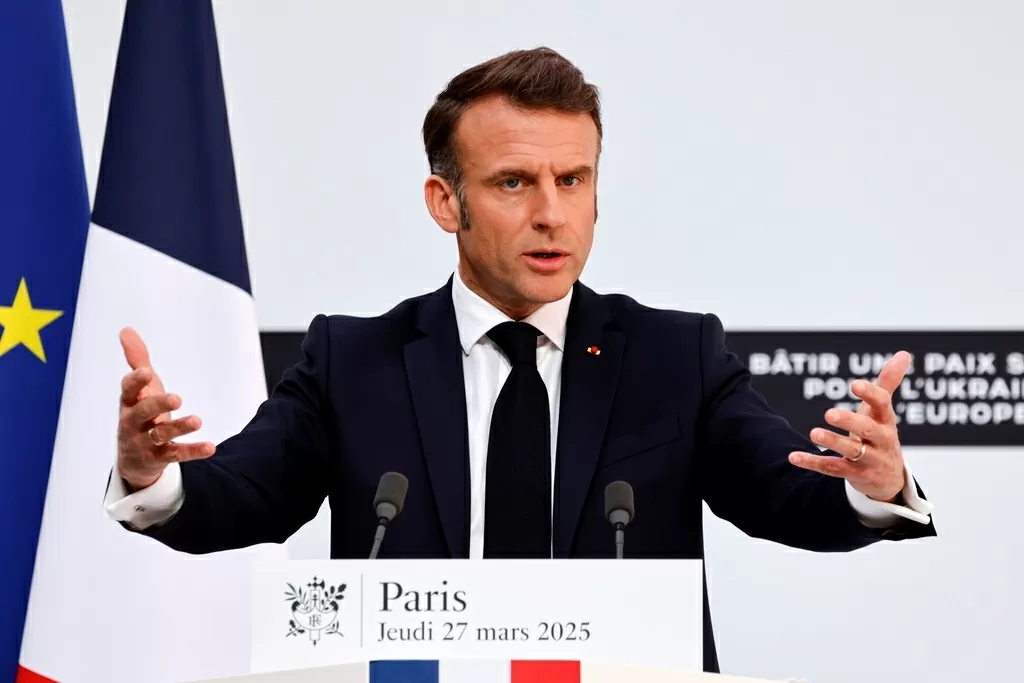 |
| French President Emmanuel Macron speaks after the Ukraine Summit at the Elysee Palace, March 27. (Source: AFP) |
According to an analysis by the International Institute for Strategic Studies (IISS) published in January 2025, Europe's rearmament plan carries many risks. First, it could increase tensions and lead to a new arms race in Europe, repeating the Cold War scenario. Second, in the context of economic growth in the Eurozone reaching only 0.8% in 2024 (according to Eurostat), excessive defense spending could worsen the financial situation of many member states. Third, this plan could lead to Germany becoming the continent's leading military power, changing the balance of power and causing concern among neighboring countries.
Next is the London-Paris initiative to send troops into Ukraine to monitor the potentially dangerous ceasefire. On March 27, France hosted a summit in Paris with representatives of more than 30 countries, including non-EU NATO members, to reaffirm their commitment to Ukraine and find ways to improve the concept. French President Emmanuel Macron has said that the coalition will only operate when there is a ceasefire, but has not clarified whether it will be a traditional peacekeeping mission or a military intervention.
However, according to experts from the US Brookings Institution and the UK Chatham House International Studies Institute, the initiative has many fundamental problems. First, it lacks a solid legal basis, as there is no UN Security Council resolution authorizing the force. Next, the line between “ceasefire monitoring” and “military intervention” can be blurred, especially in the event of ceasefire violations. Finally, Moscow has long stated that it will consider any foreign forces on Ukrainian territory without Russian approval to be “legitimate military targets,” which could lead to a dangerous escalation of tensions.
In addition, the EU has recently taken many other actions that are also confusing when viewed from the perspective of Europe's own interests, the most prominent of which include:
First, Germany has amended its law to allow it to increase its defense budget without being bound by the debt ceiling. According to data from the German Finance Ministry, the country's defense spending will increase by 30% in 2024-2025, to a record 85 billion euros. This marks a major shift in German defense policy since World War II, when Berlin had to maintain a restrained military policy. This has not only raised concerns about a "militarized Germany" but also raised questions about its financial sustainability, especially when the German economy is facing a recession.
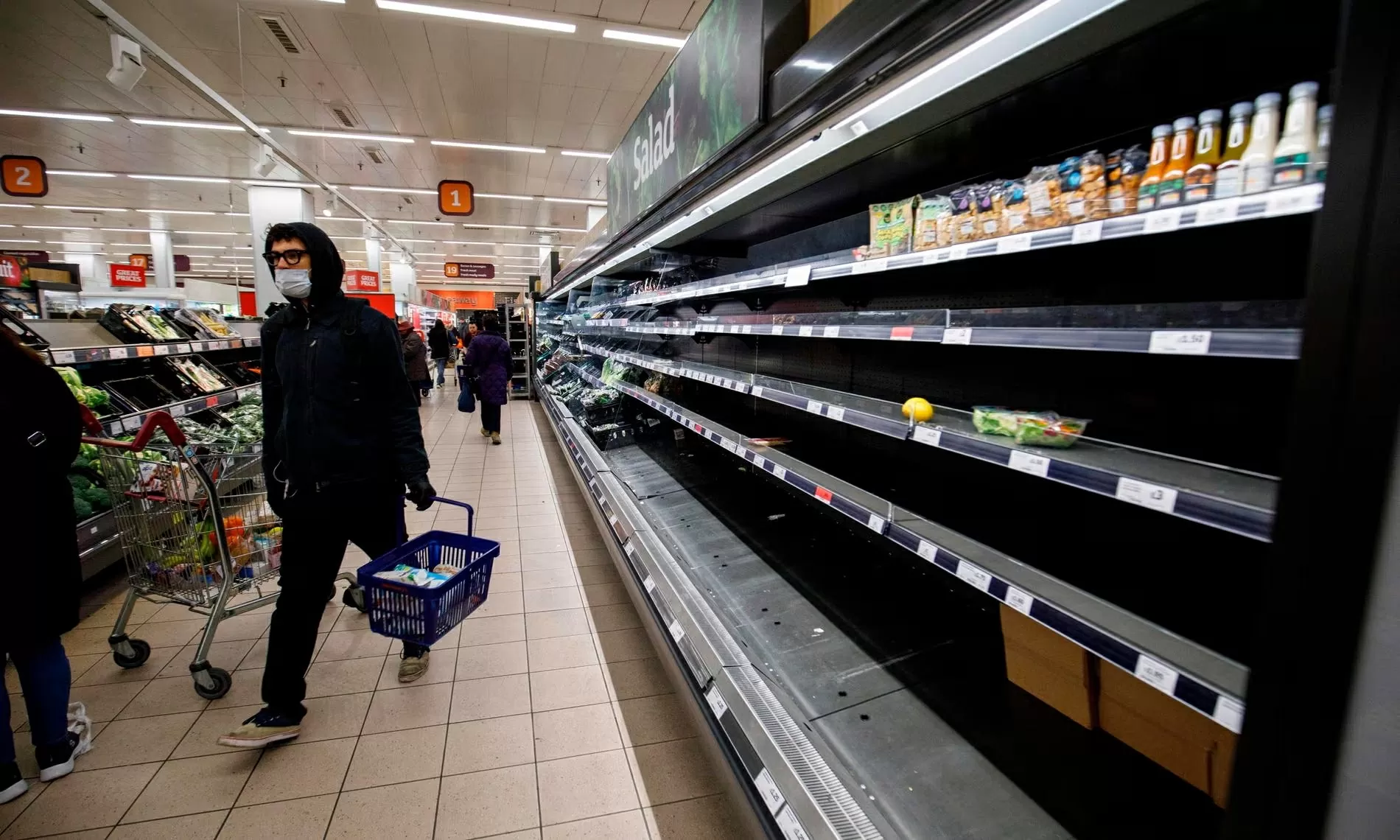 |
| The European Commission has stressed the need for citizens to take proactive measures in case Europe is in crisis. (Source: Reuters) |
Second, despite its dependence on Russian energy and energy prices that are 60% higher than before the crisis (Eurostat data), Germany has steadfastly refused to restore the Nord Stream 2 gas pipeline, which it had invested in jointly with Russia. This decision has contributed to the decline in German industrial competitiveness and caused industrial production to fall by 3.2% in 2024.
Third, the nuclearization trend in Europe is a worrying and unprecedented new development. Not only has France offered a “nuclear umbrella” to EU member states, but Polish Prime Minister Donald Tusk has recently bluntly called for “seeking opportunities to acquire nuclear weapons.” The expansion of the nuclear club in Europe not only undermines the Nuclear Non-Proliferation Treaty (NPT), but could also trigger a new nuclear arms race, endangering global security.
The Root Causes of EU Policy
First of all, due to the deep distrust between the two sides, the EU wants to prevent the expansion of Russian influence in Eastern Europe and the former Soviet Union. Therefore, supporting Ukraine is considered by Brussels as necessary to set a boundary to limit Moscow's ambitions.
Second, this conflict provides an opportunity for the EU to assert its role as an independent geopolitical actor, not just an economic union. Especially in the context of the US under President Trump 2.0 tending to withdraw from the transatlantic alliance and its traditional global leadership role, it is all the more important for the EU to demonstrate its ability to deal with security challenges in its "backyard".
Third, having an “external threat” in a difficult situation could help the EU strengthen its internal unity, which has been challenged by the growing populist and integrationist tendencies of recent years.
But are these benefits worth the cost to Europe of a prolonged standoff with Russia? According to data from the European Central Bank (ECB) and Eurostat, the Russia-Ukraine conflict has taken a heavy toll on the European economy. Eurozone inflation rose from 2.6% before the conflict to a peak of 10.6% by the end of 2022, and will remain at 3.8% by the end of 2024, well above the ECB’s 2% target. Natural gas prices in Europe rose 250% at the height of the crisis; although they have cooled, they remain 60% higher than before the crisis, putting pressure on both households and businesses.
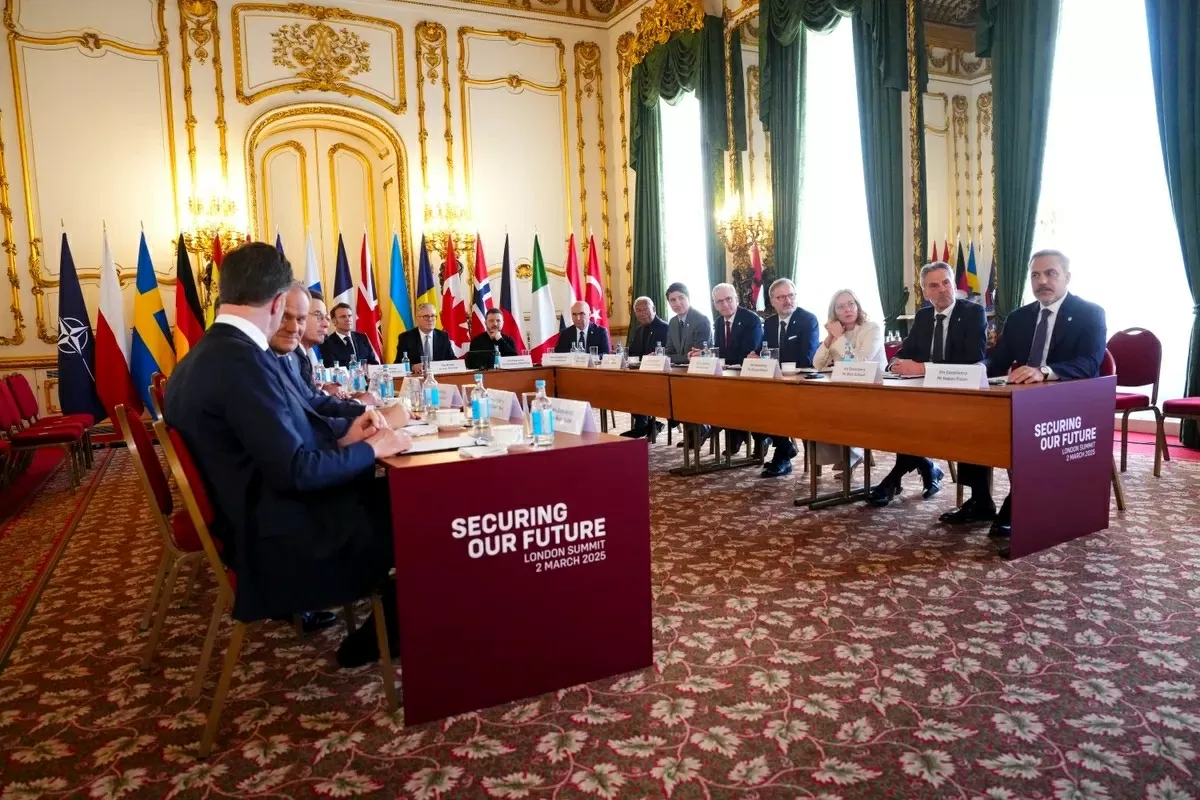 |
| European Union and EU leaders at a plenary session during the Ukraine Summit at Lancaster House in London, March 2, 2025. (Source: AFP) |
Which strategic options for EU-Russia relations?
Under “Trump 2.0,” the United States has fundamentally changed its policy toward the war in Ukraine and this seems irreversible. According to a report by Chatham House, the United States has recently reduced military aid to Ukraine by 40%, while stepping up efforts to find a diplomatic solution to the conflict. The 30-day ceasefire agreement between Russia and Ukraine reached in early March 2025 on energy facilities is an important concrete step and could be a stepping stone to larger agreements, including a comprehensive ceasefire and a political solution to the conflict.
Looking back at history, it can be seen that Europe has gone through many periods of confrontation with Russia, but in the end the two sides always found a way to reconcile and cooperate. After the Napoleonic Wars, Russia became part of the "European Pact" that maintained the stability of the continent for nearly a century. After World War I and the Bolshevik Revolution, despite ideological confrontation, European countries gradually established diplomatic and economic relations with the Soviet Union. And after World War II, Europe and the Soviet Union found a way to peacefully coexist in the "Cold War" and even cooperated substantially in many areas. The Ostpolitik policy of former German Chancellor Willy Brandt in the 1970s paved the way for the normalization of relations between West Germany and Eastern European countries, including the Soviet Union, making an important contribution to easing tensions and helping to lead to the later reunification of Germany.
Reality has proven that the policy of comprehensive confrontation with Russia that Europe is pursuing has not brought about the desired results. After more than 3 years of conflict, Russia is still standing firm, continuing to develop and increasingly dominating the battlefield, while Europe is struggling to bear the heavy socio-economic consequences. Overcoming emotions and historical prejudices, is it now time for both sides to put aside prejudices, look back at the history of relations to restore the friendly and multi-faceted cooperation as before? Former German Chancellor Angela Merkel once emphasized: "Long-term peace and prosperity in Europe can only be achieved with Russia, not against Russia". According to a recent Eurobarometer survey in February 2025, only 42% of EU citizens believe that the bloc is on the right track in its foreign policy towards Russia, down 8 percentage points compared to the survey in July 2024.
The top US diplomat with a famous geopolitical strategic mindset, Henry Kissinger, once warned: "When emotions replace analysis, the result is often disaster." Europe is now standing on the threshold of a historic decision: Continue on the risky path of confrontation with Russia, or courageously seek a new approach based on the reality of the situation, through dialogue, mutual compromise for the common good? Whatever Europe's choice is, it will have a strong impact on shaping not only Europe's security and prosperity but also the global geopolitical order in the coming decades. And for Europe to be able to come up with a new approach that is more in line with reality and more acceptable to all parties, it may also require certain compromises from Moscow.
Source: https://baoquocte.vn/quan-diem-cua-eu-ve-van-de-nga-ukraine-cam-xuc-va-thanh-kien-309376.html


![[Photo] National Assembly Chairman Tran Thanh Man meets with King Philippe of Belgium](https://vstatic.vietnam.vn/vietnam/resource/IMAGE/2025/4/1/c6fb3ef1d4504726a738406fb7e6273f)
![[Photo] President Luong Cuong meets with King Philippe of Belgium](https://vstatic.vietnam.vn/vietnam/resource/IMAGE/2025/4/1/1ce6351a31734a1a833f595a89648faf)
![[Photo] Queen of the Kingdom of Belgium and the wife of President Luong Cuong visit Uncle Ho's Stilt House](https://vstatic.vietnam.vn/vietnam/resource/IMAGE/2025/4/1/9752eee556e54ac481c172c1130520cd)
![[Photo] Official welcoming ceremony for the King and Queen of the Kingdom of Belgium](https://vstatic.vietnam.vn/vietnam/resource/IMAGE/2025/4/1/9e1e23e54fad482aa7680fa5d11a1480)
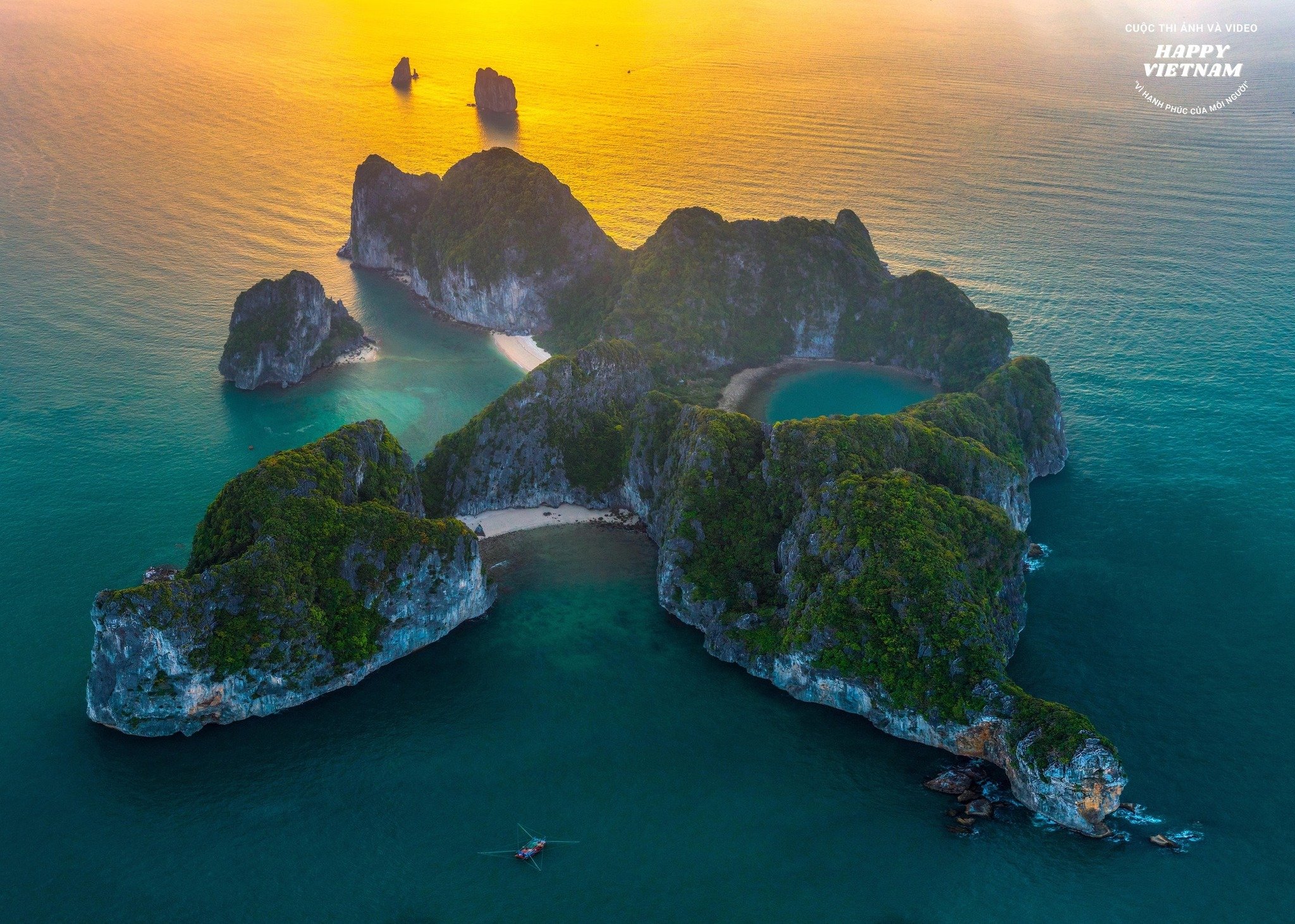
![[Photo] President Luong Cuong and the King of Belgium witness the Vietnam-Belgium document exchange ceremony](https://vstatic.vietnam.vn/vietnam/resource/IMAGE/2025/4/1/df43237b0d2d4f1997892fe485bd05a2)
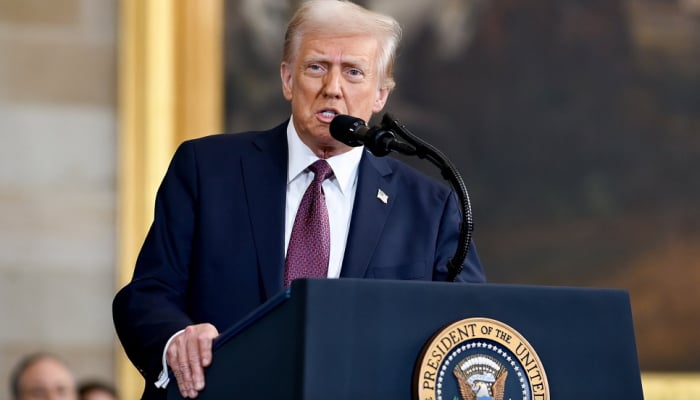
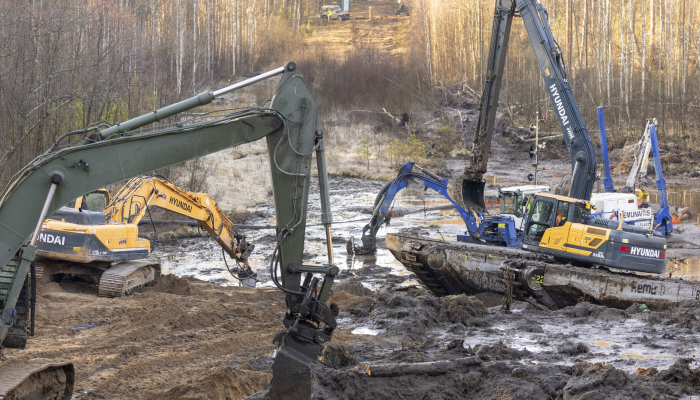


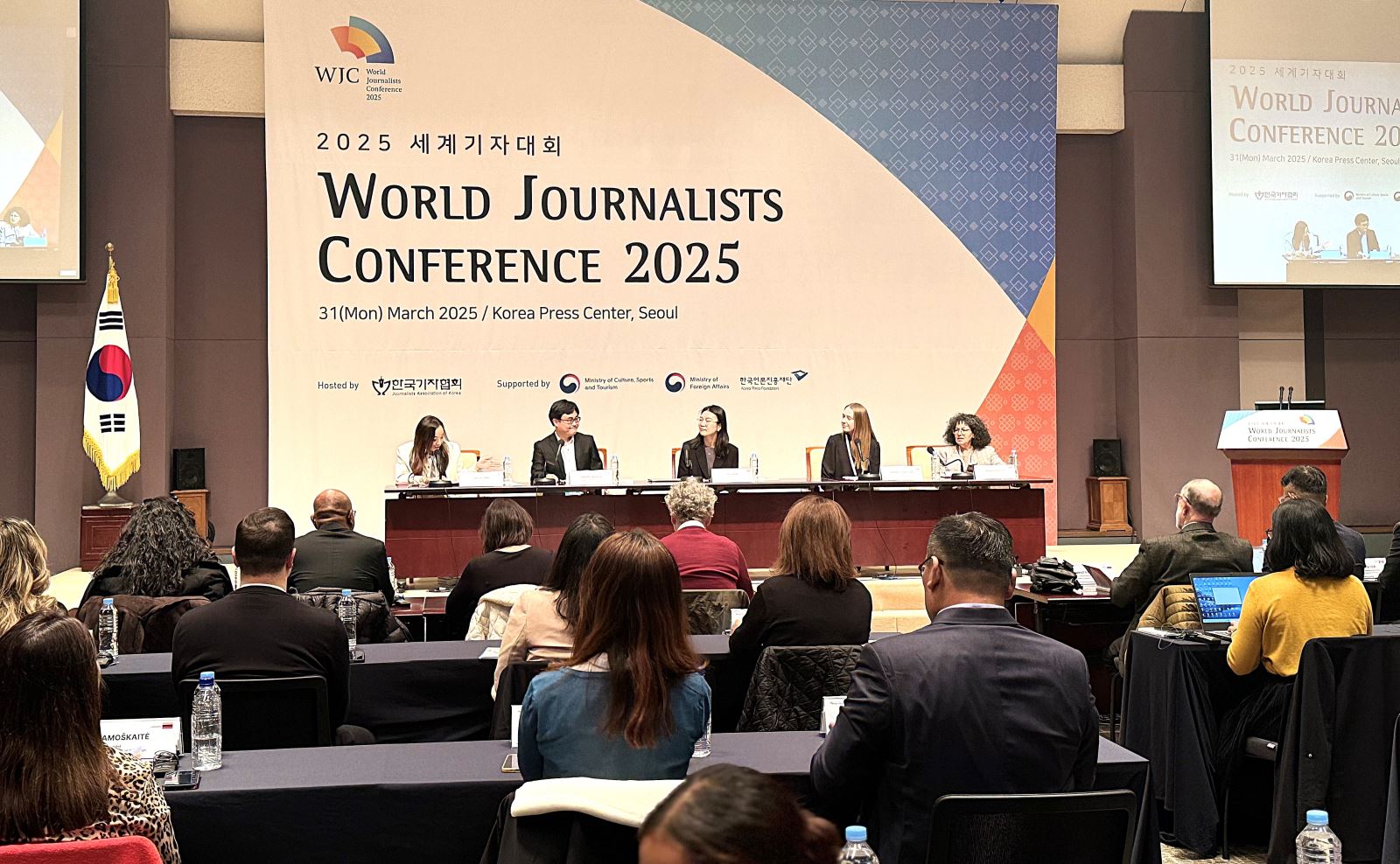








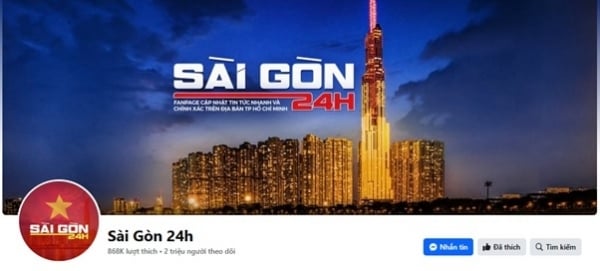
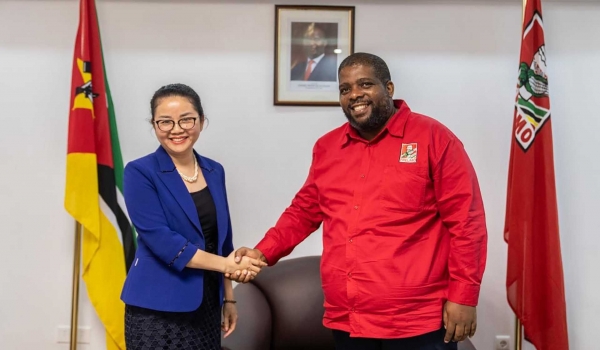
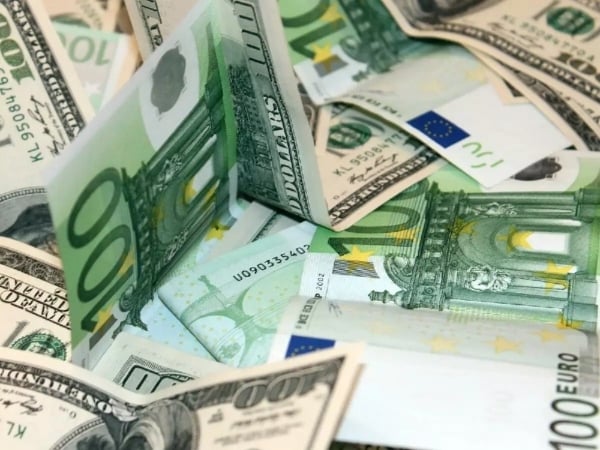










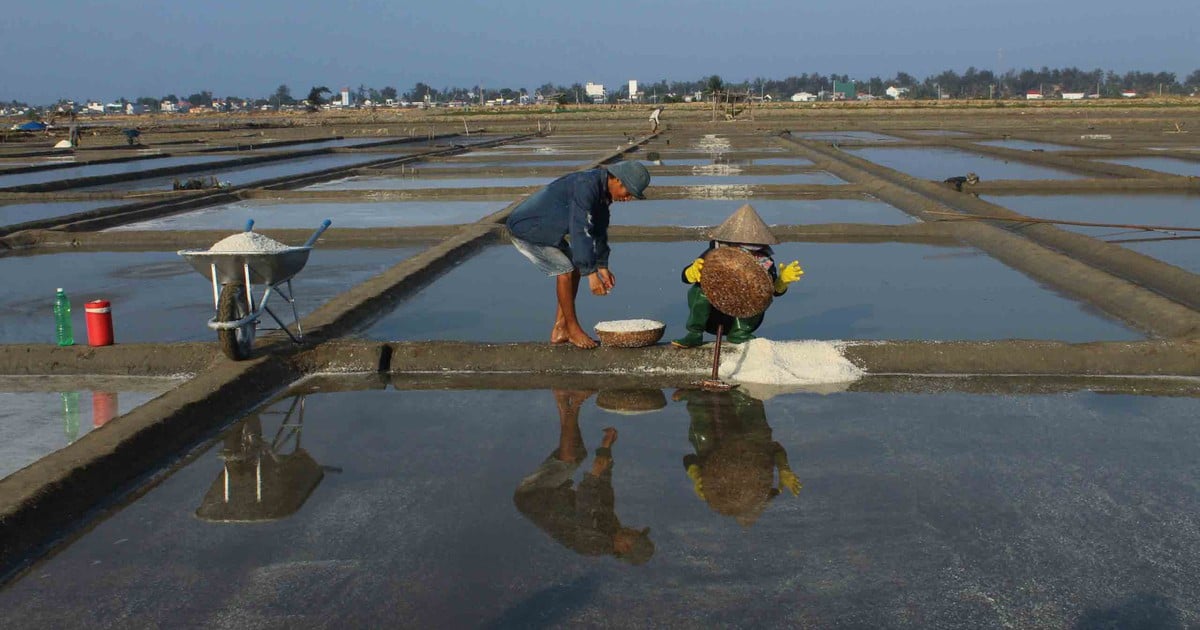



















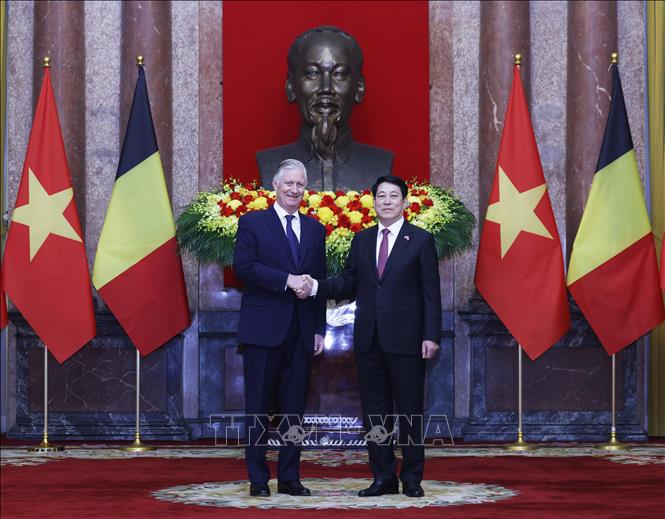

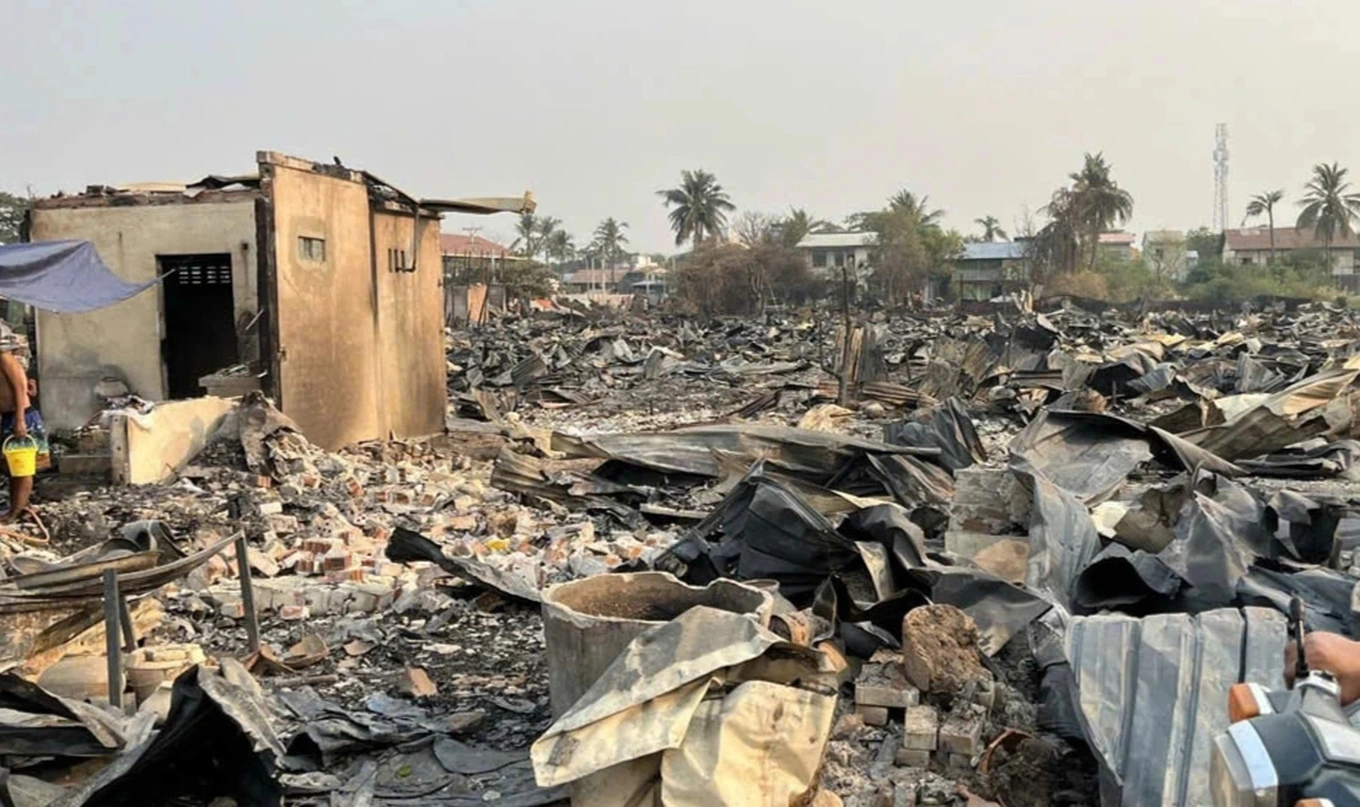
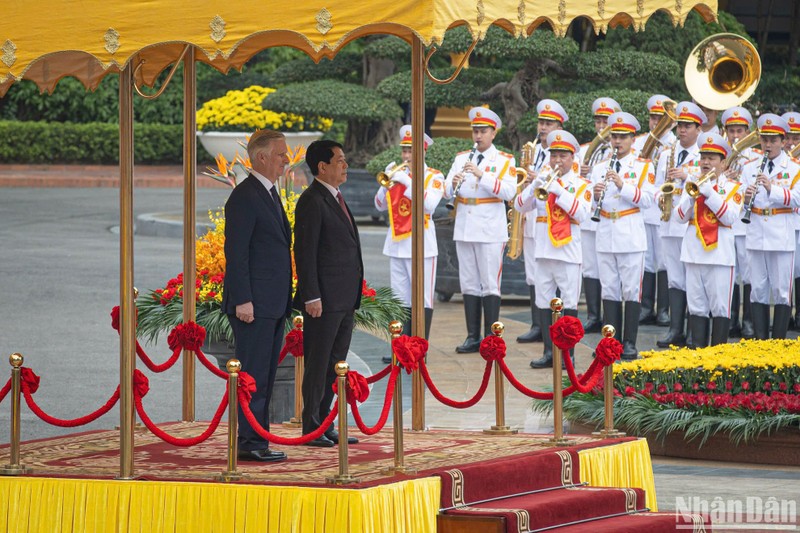
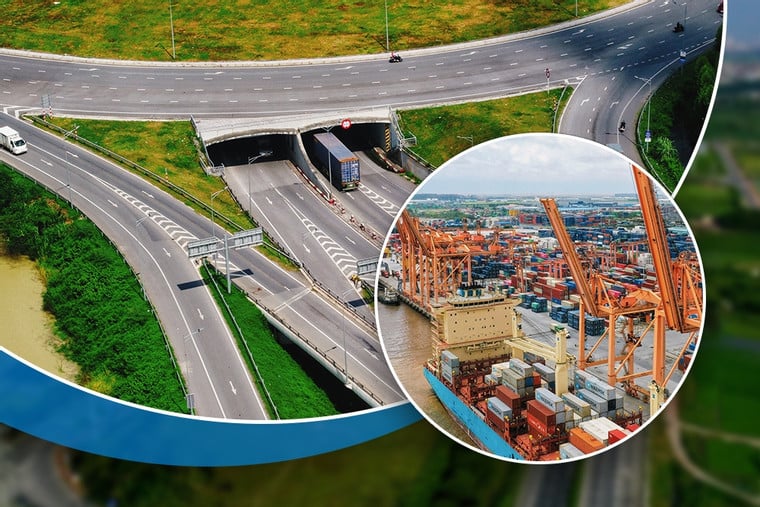

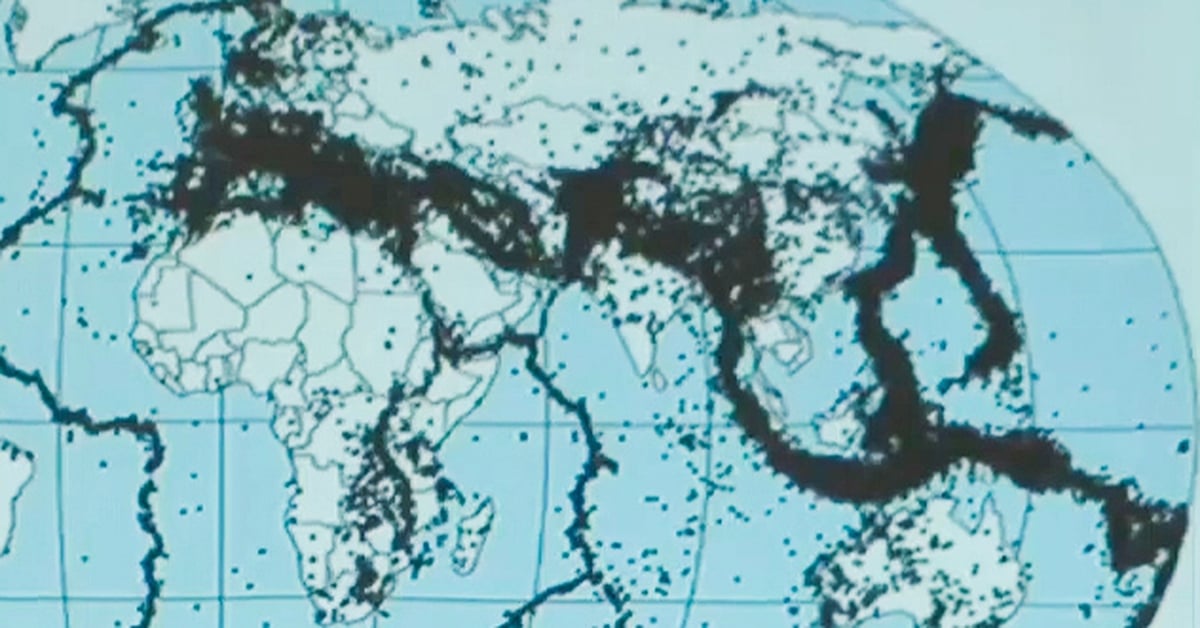



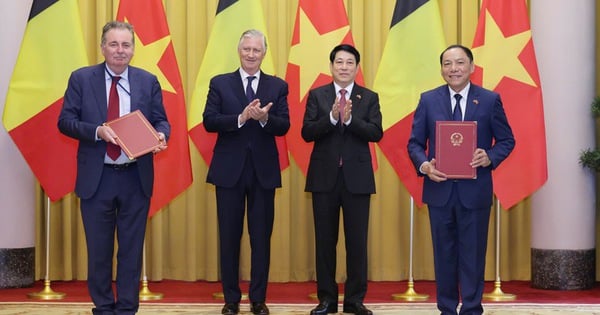
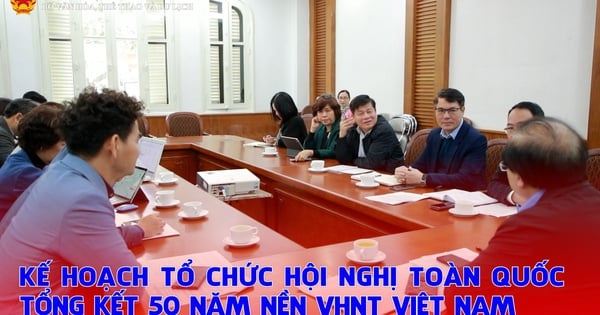










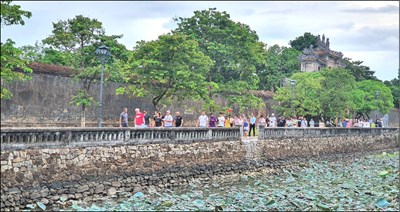













Comment (0)